
| Recorded by: David George, Jeff Niznik on 2024-08-05
Transylvania Co.
Comment: | 
| Recorded by: David George, Jeff Niznik on 2024-08-05
Transylvania Co.
Comment: |
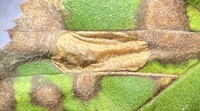
| Recorded by: Dean Furbish on 2023-12-09
Wake Co.
Comment: On Pennsylvania Blackberry (Rubus pensilvanicus). | 
| Recorded by: Dean Furbish on 2023-12-09
Wake Co.
Comment: On Pennsylvania Blackberry (Rubus pensilvanicus). |

| Recorded by: Jeff Niznik on 2023-11-07
Durham Co.
Comment: | 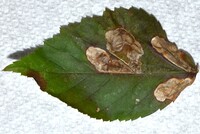
| Recorded by: Jeff Niznik on 2023-11-07
Durham Co.
Comment: |
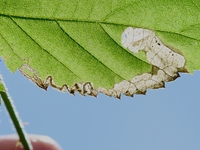
| Recorded by: Jim Petranka, Becky Elkin and Bo Sullivan on 2023-08-08
Wilkes Co.
Comment: | 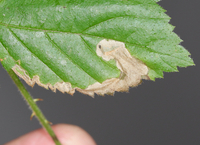
| Recorded by: Jim Petranka, Becky Elkin and Bo Sullivan on 2023-08-08
Wilkes Co.
Comment: |

| Recorded by: Jim Petranka and Becky Elkin on 2022-10-21
Rutherford Co.
Comment: | 
| Recorded by: Jim Petranka and Becky Elkin on 2022-10-21
Rutherford Co.
Comment: A backlit image on an occupied mine on a blackberry. |

| Recorded by: Jim Petranka and Becky Elkin on 2022-10-04
Transylvania Co.
Comment: | 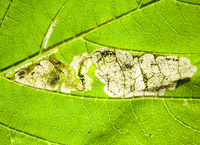
| Recorded by: Jim Petranka and Becky Elkin on 2022-10-04
Transylvania Co.
Comment: |
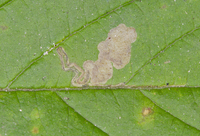
| Recorded by: Jim Petranka and Becky Elkin on 2022-09-15
Caldwell Co.
Comment: | 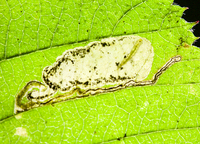
| Recorded by: Jim Petranka and Becky Elkin on 2022-09-15
Caldwell Co.
Comment: |
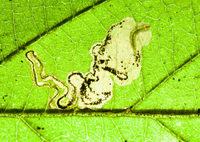
| Recorded by: Jim Petranka and Becky Elkin on 2022-09-15
Caldwell Co.
Comment: | 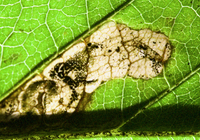
| Recorded by: Jim Petranka and Becky Elkin on 2022-08-25
Clay Co.
Comment: |
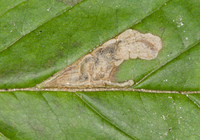
| Recorded by: Jim Petranka and Becky Elkin on 2022-08-25
Clay Co.
Comment: | 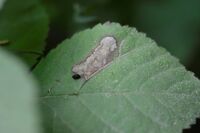
| Recorded by: Tracy S. Feldman on 2022-07-26
Durham Co.
Comment: |

| Recorded by: Tracy S. Feldman on 2022-07-26
Durham Co.
Comment: | 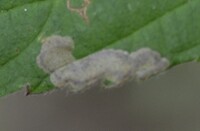
| Recorded by: Tracy S. Feldman on 2022-06-27
Durham Co.
Comment: |
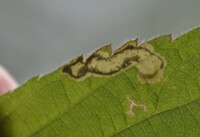
| Recorded by: Tracy S. Feldman on 2022-06-27
Durham Co.
Comment: | 
| Recorded by: Tracy S. Feldman on 2022-06-27
Durham Co.
Comment: |
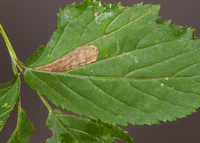
| Recorded by: Jim Petranka and Becky Elkin on 2021-10-14
Yancey Co.
Comment: | 
| Recorded by: Jim Petranka and Becky Elkin on 2021-10-14
Yancey Co.
Comment: |
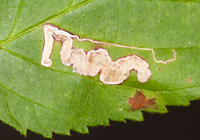
| Recorded by: Jim Petranka and Becky Elkin on 2021-10-11
Burke Co.
Comment: | 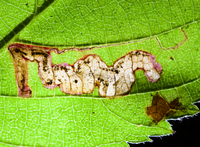
| Recorded by: Jim Petranka and Becky Elkin on 2021-10-11
Burke Co.
Comment: |
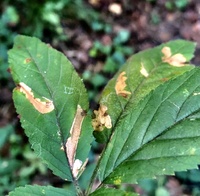
| Recorded by: Ken Kneidel on 2021-09-26
Mecklenburg Co.
Comment: | 
| Recorded by: Ken Kneidel on 2021-09-26
Mecklenburg Co.
Comment: |
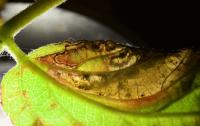
| Recorded by: Jim Petranka on 2019-11-21
Rutherford Co.
Comment: Note how the youngest portion of the mine follows a vein, then expands into a convoluted and widening track that becomes a blotch. | 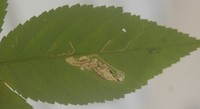
| Recorded by: Tracy S. Feldman on 2018-06-27
Wake Co.
Comment: A widening linear blotch mine with a clear frass trail that doubles back on itself on Rubus pensilvanicus. Note the very narrow trail near the mid-vein and lateral vein that eventually expands into a blotch mine. |
|

 »
»





















